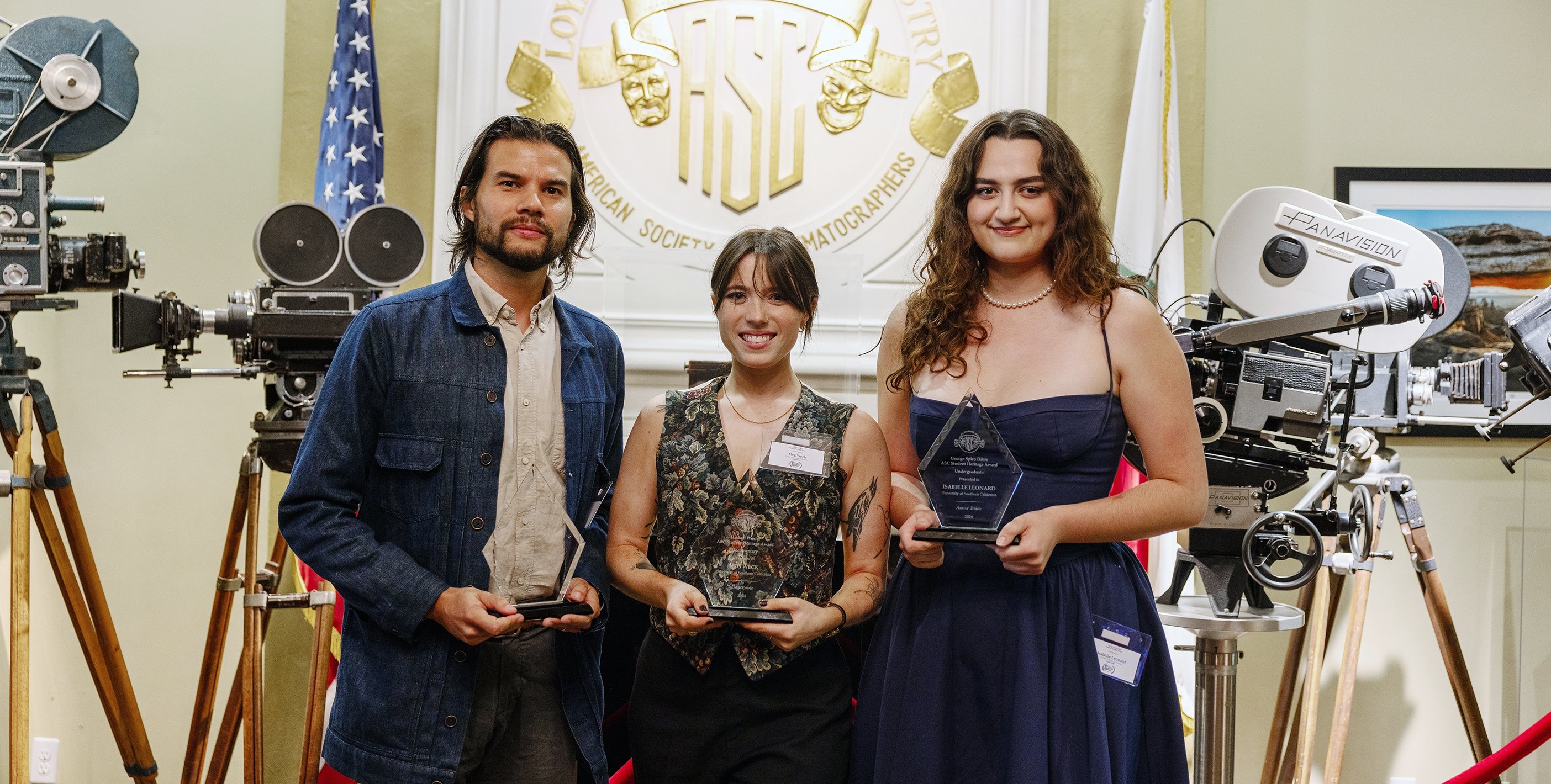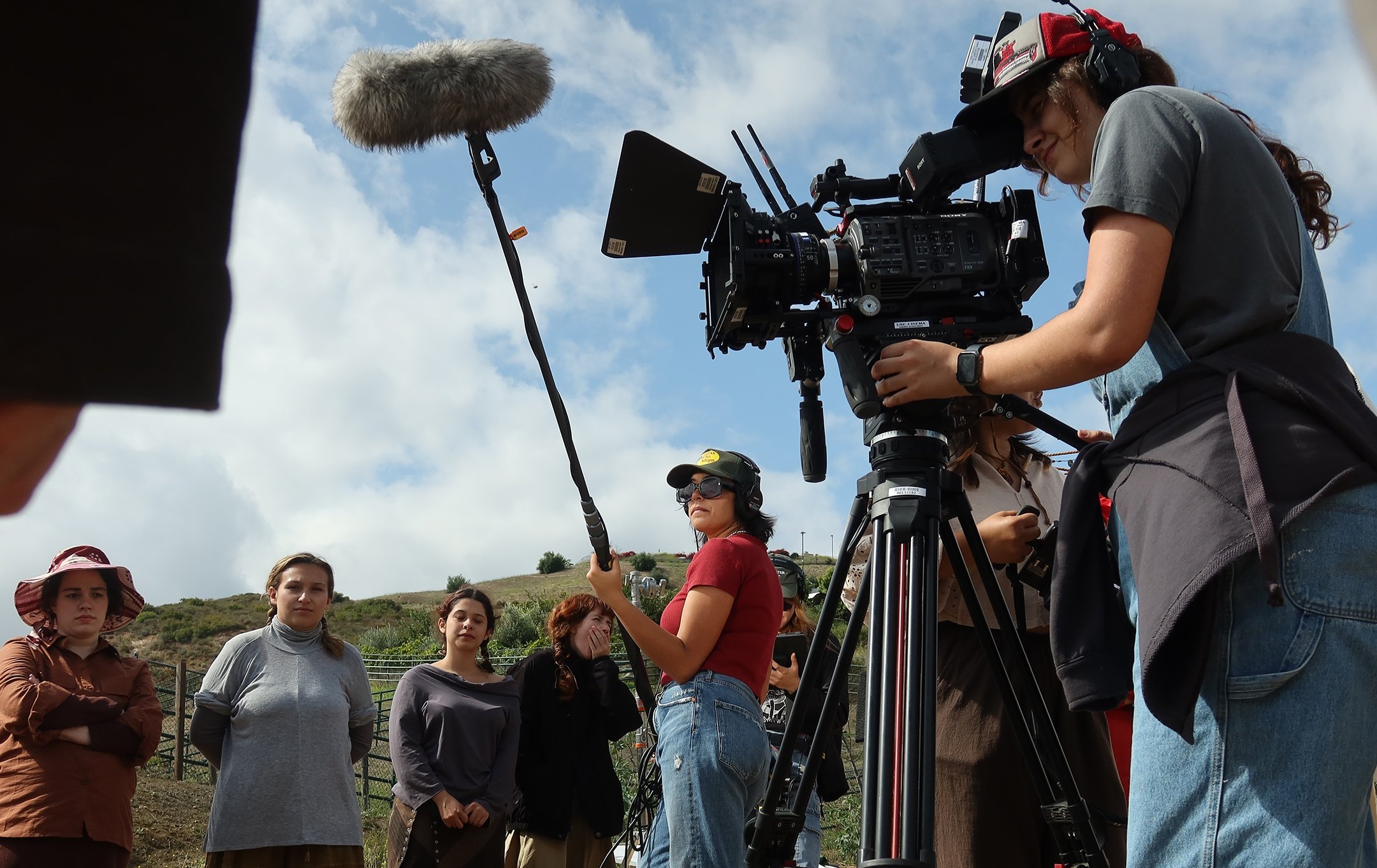
Amos’ Bride: Out of the Comfort Zone
Cinematographer Isabelle Leonard discusses her debut behind the camera on this ASC Heritage Award-winning period horror short.
During her senior year of undergraduate film studies at the University of Southern California (USC), Isabelle Leonard took a leap of faith by accepting her first major assignment as a director of photography, on capstone project Amos’ Bride. The gothic-horror short, which delves into themes of rural isolation and feminine objectification, earned Leonard the 2024 ASC George Spiro Dibie Heritage Award in the Undergraduate Category.
Each year, the ASC presents the Student Heritage Awards in honor of its distinguished members. George Spiro Dibie, the namesake of Leonard’s award, was a celebrated cinematographer known for his groundbreaking work in television, earning five Primetime Emmy Awards during his lengthy career. Dibie’s influence extended beyond his accolades as he served as a mentor and advocate for advancing the craft of cinematography — as a longtime ASC board member, the chair of the Education & Outreach Committee, and as president of ICG Local 600 for more than 20 years — making this award a meaningful nod to both technical skill and artistic vision.
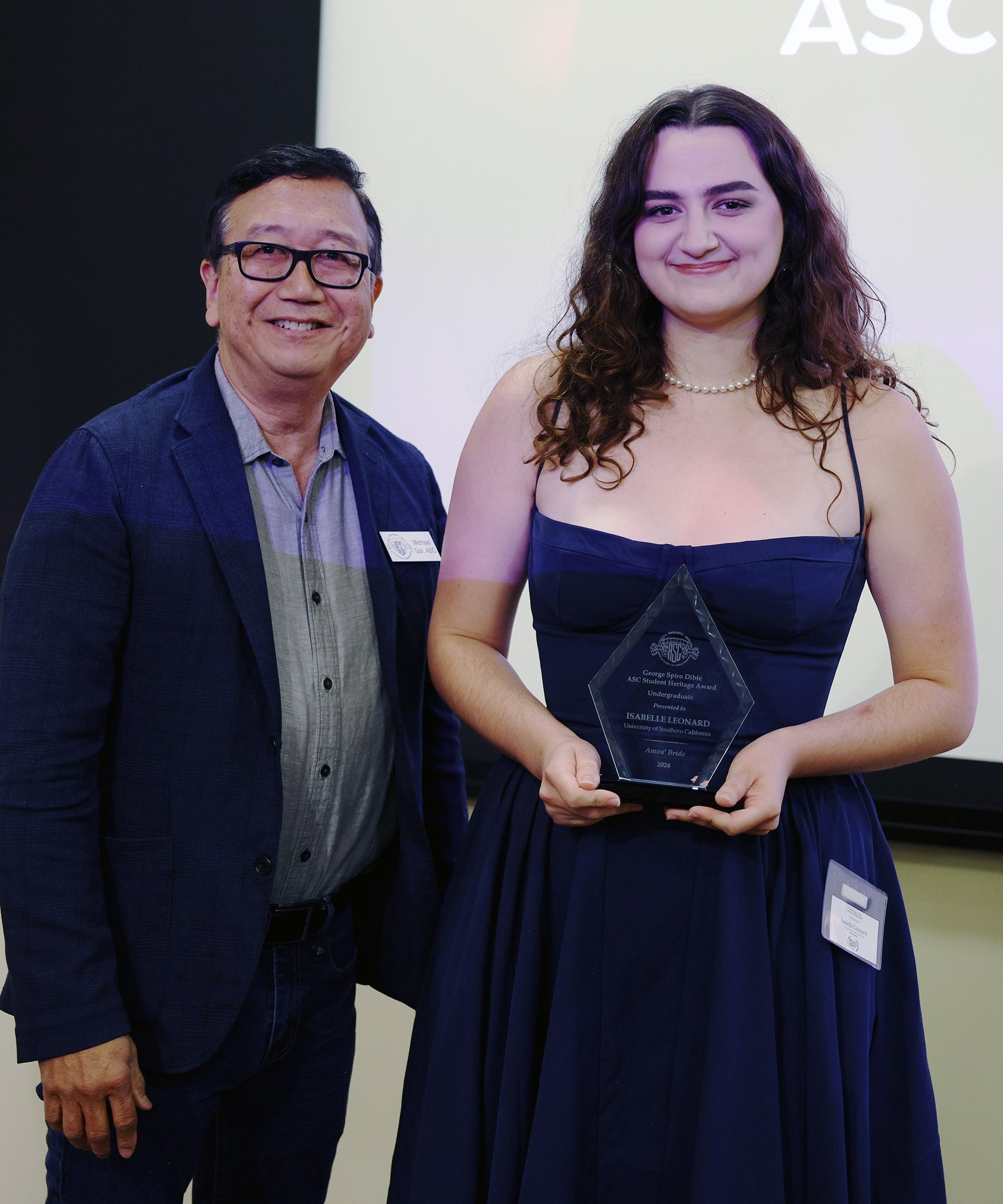
Leonard’s journey into cinematography was far from linear. Originally from Nashville, Tennessee, she arrived at USC with intentions to become a director. It wasn’t until she took an introductory cinematography course that she began to explore the technical side of the craft. “I was terrified of cameras in high school,” she admits. “But my professors pushed me to try things I didn’t think I could do.”
A pivotal moment came when she watched a dramatic film with the audio muted as part of a USC class exercise. “I found it fascinating how composition, movement, and lighting alone could tell a story,” she recalls. “That exercise really opened my eyes to what cinematography could be.”
Originally, Leonard was nervous to take on the role of cinematographer on Amos’ Bride. The rural horror story follows 16-year old Rebecca, a member of the “Chosen Colony” cult, who attempts to escape with her lover after being chosen to wed the prophet himself. “Horror films rely so heavily on the cinematography to create atmosphere,” Leonard explains. “I felt an incredible responsibility to make every visual decision deliberate and impactful.”
She worked closely with director Yukako Fujimori to define the project’s visual language, citing the shed — used repeatedly throughout the story — as the cornerstone for their aesthetic decisions. “The shed is a sanctuary for the characters, but its mood shifts as the story progresses. Lighting it differently each time allowed us to reflect the rising stakes and emotional tension,” Leonard says.
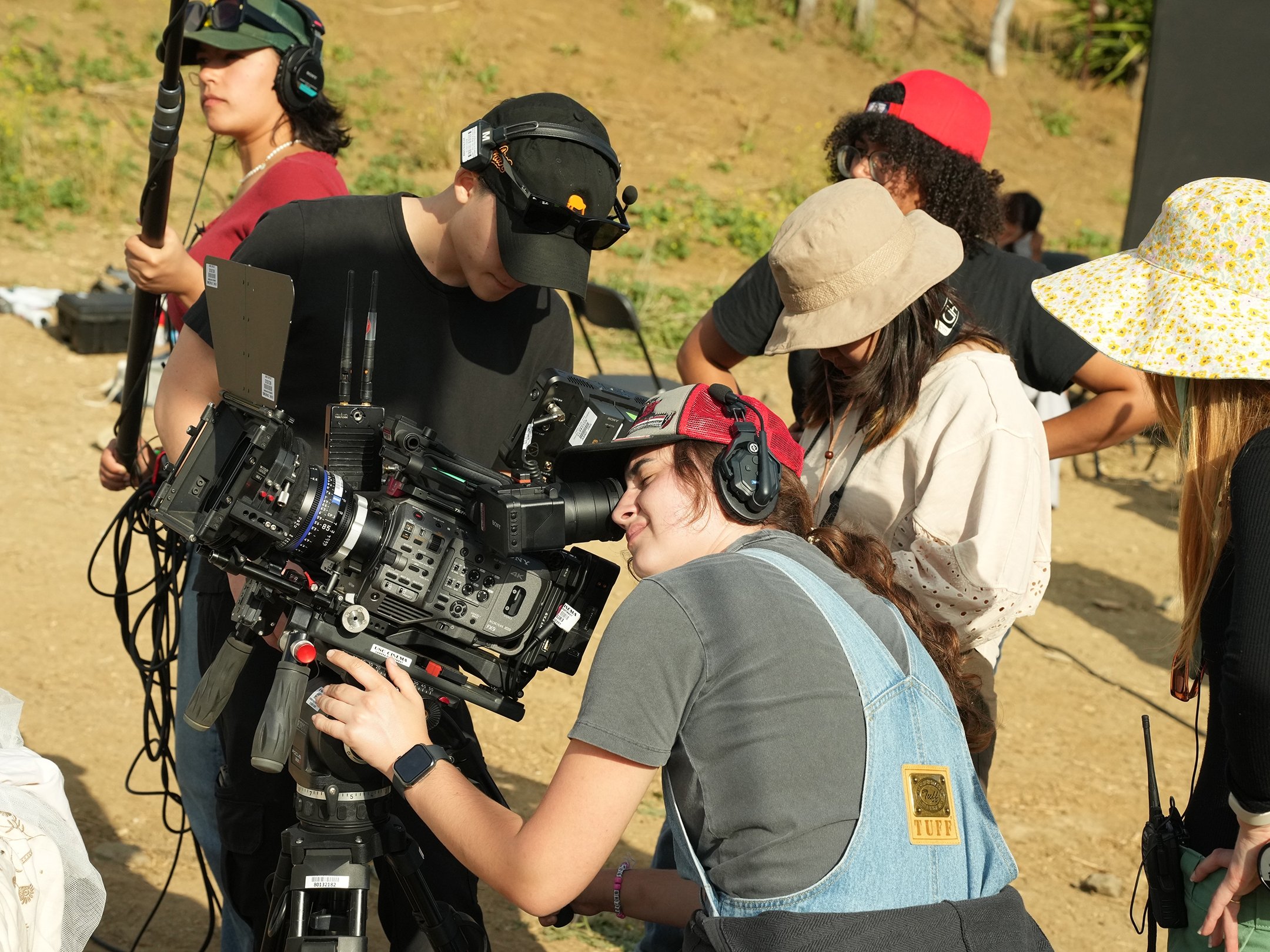
Key inspirations for the project included films such as The Witch and Midsommar, particularly for their treatment of rural landscapes and natural light.
Most of Amos’ Bride was shot on soundstages at USC, an environment that Leonard had never worked in before. “Lighting on a soundstage is both liberating and intimidating because you control everything,” she explains. Creating detailed overhead schematics proved to be an invaluable tool in planning the shoot, especially as the shed set required multiple distinctive looks:
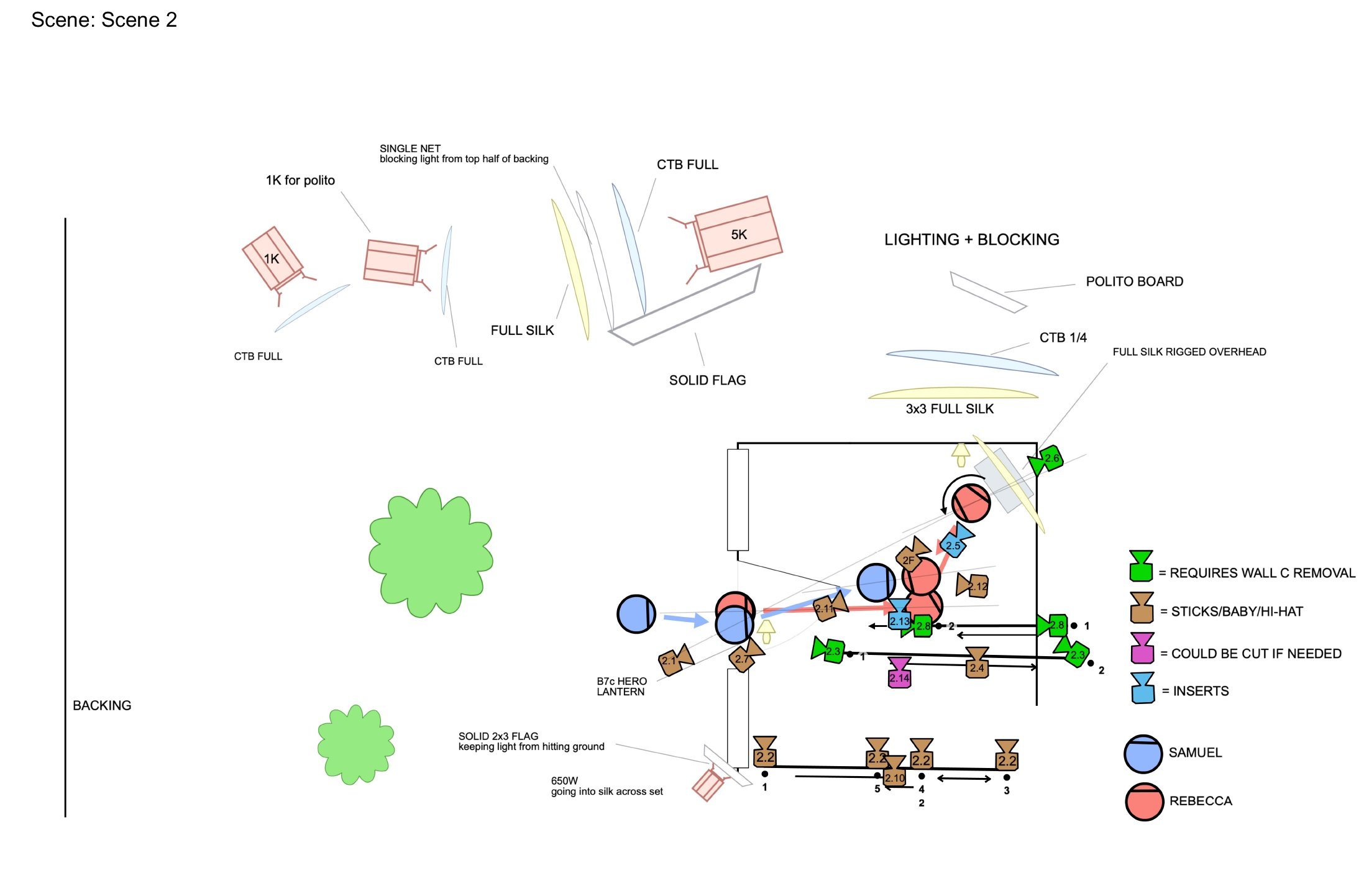
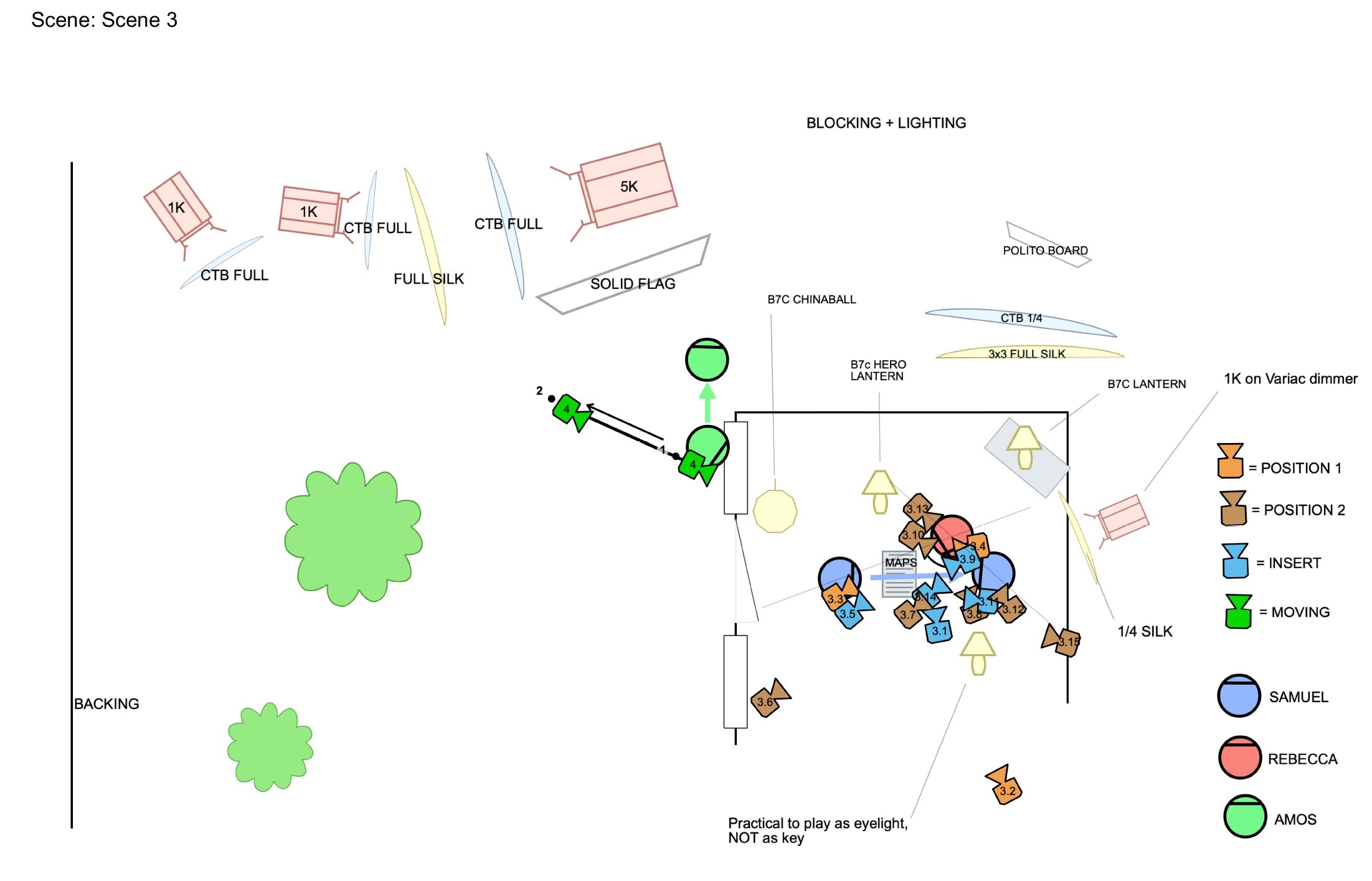
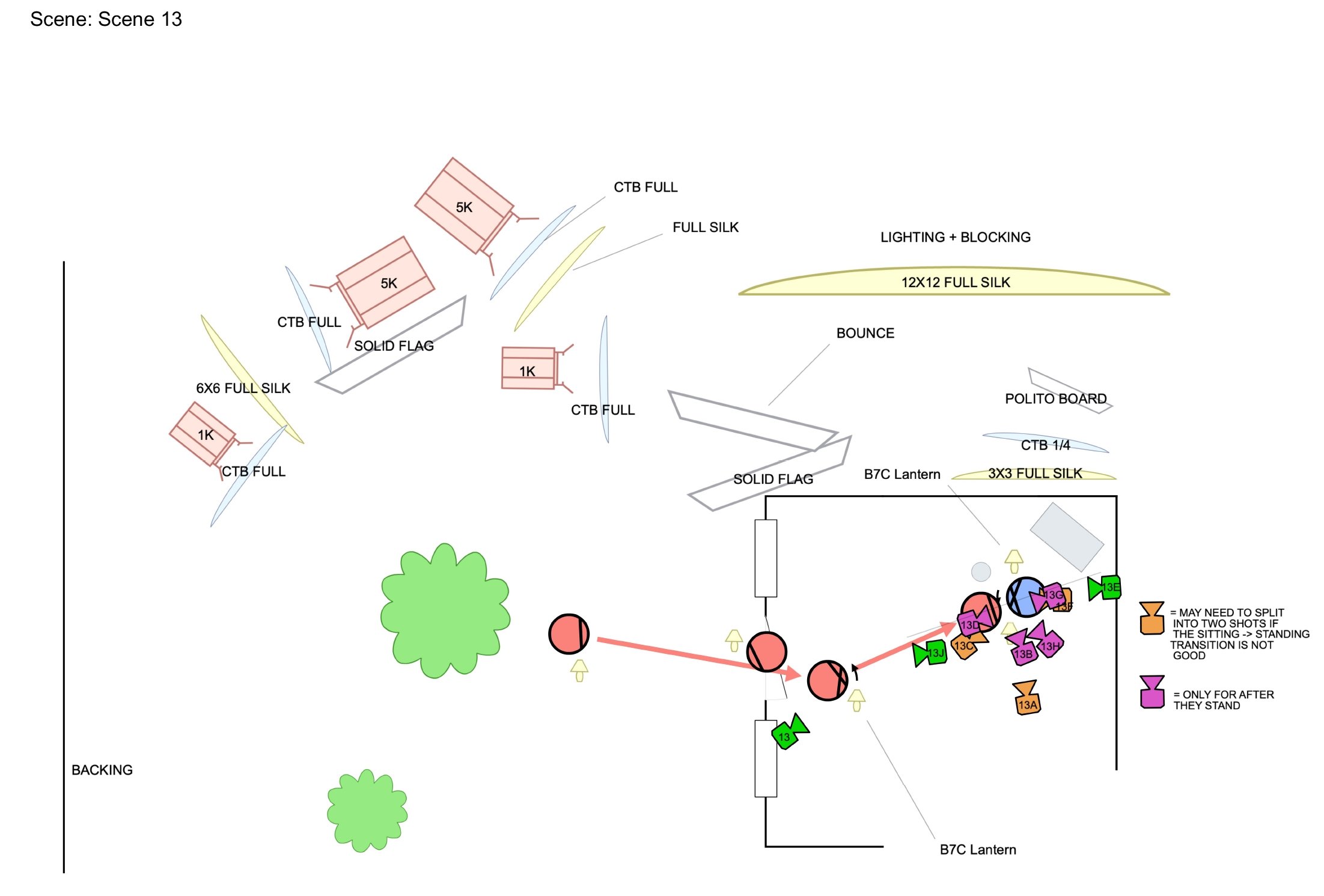
For the nighttime scenes, Leonard relied heavily on practicals and custom-built lanterns to create immersive, layered lighting: “The lanterns were a team effort. We built them ourselves using wine glasses, spray paint, and B7C bulbs to make sure we could control the intensity and color.”
Shooting in low-light conditions presented additional challenges. Leonard credits the Sony PXW-FX9’s high-ISO capabilities and donated Nanlux LED lighting units for enabling the team to achieve their desired aesthetic despite the production’s tight budget. “The dual-ISO mode was a game-changer for those outdoor night scenes,” she notes.
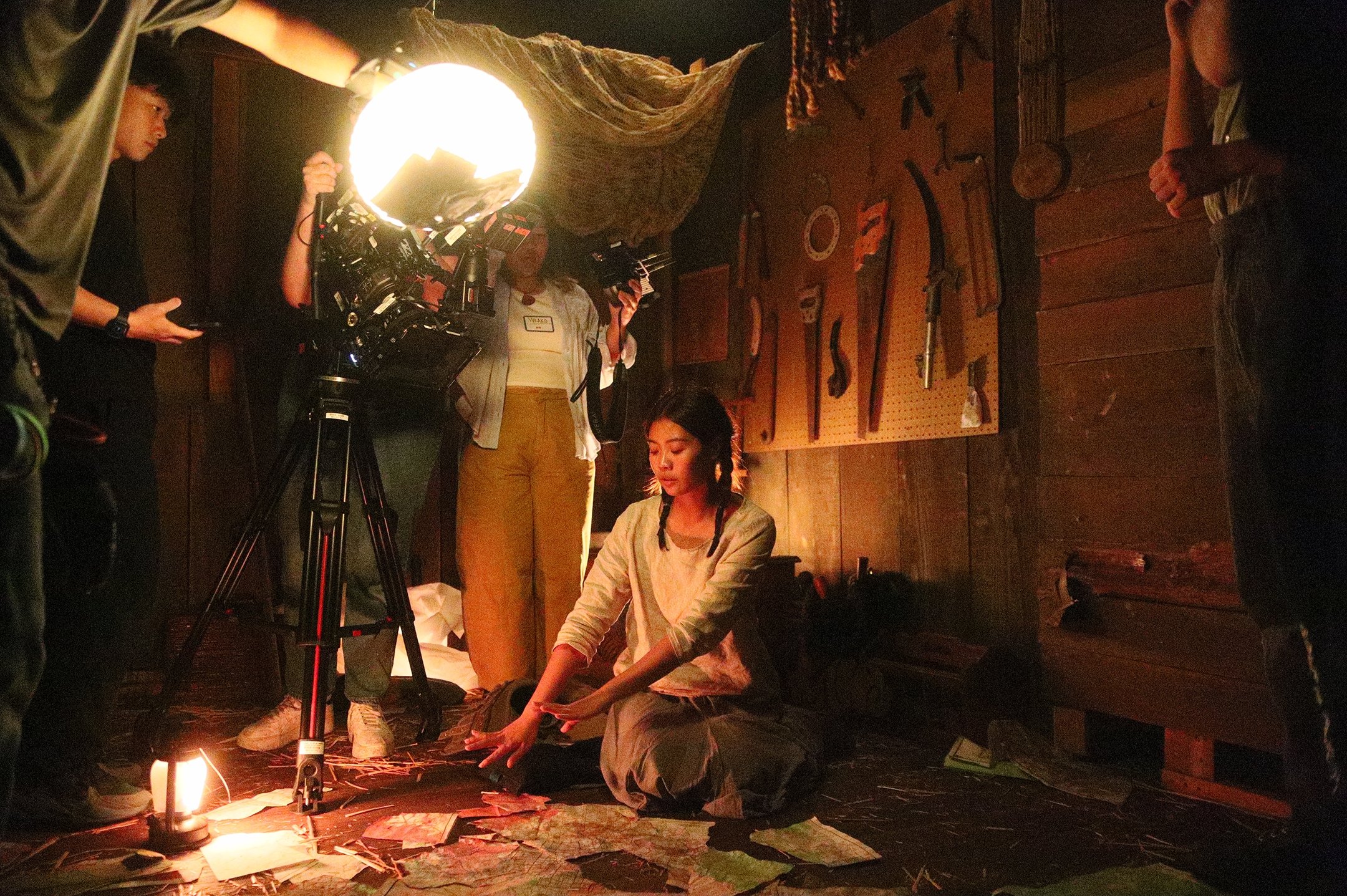
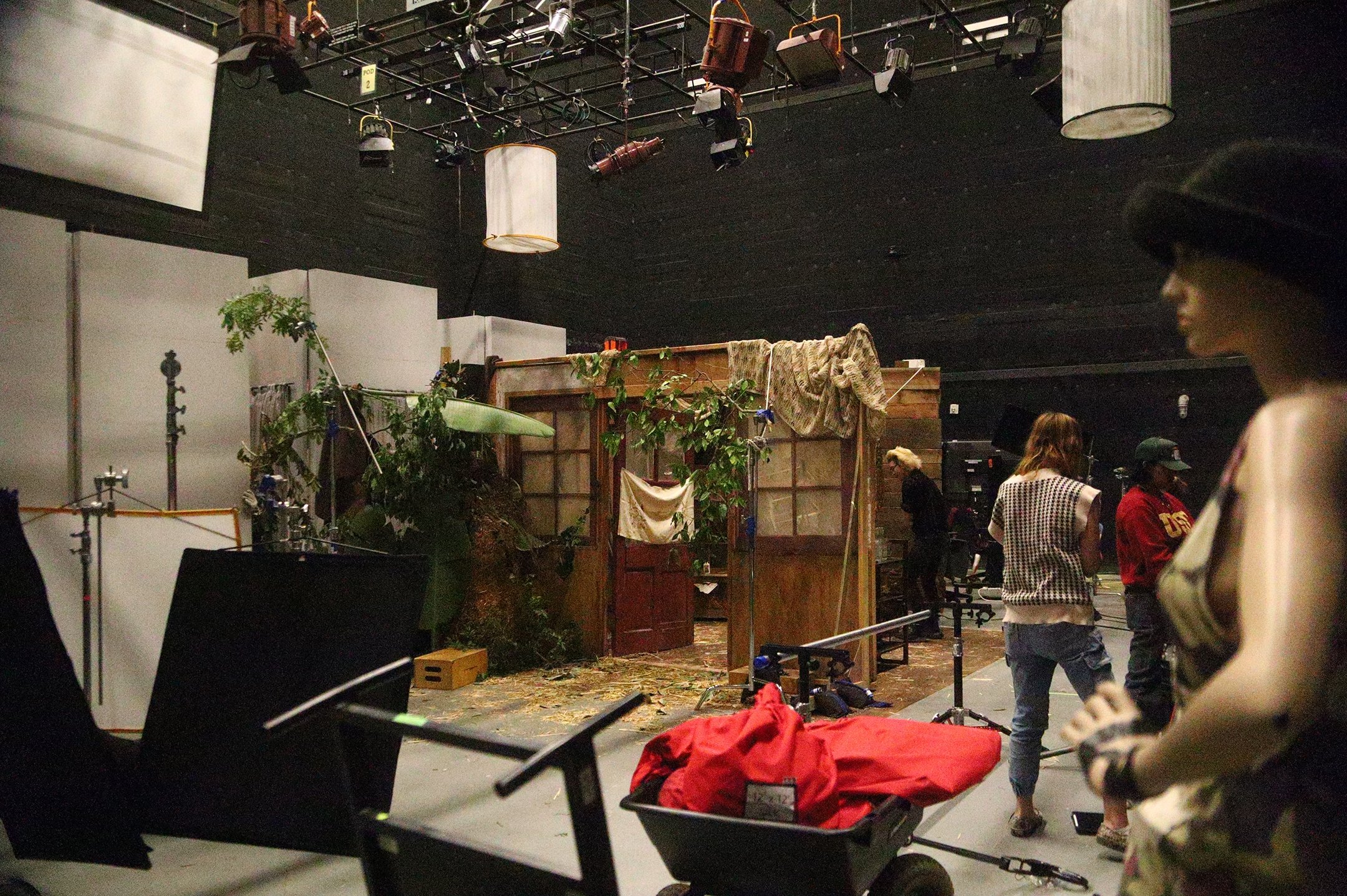
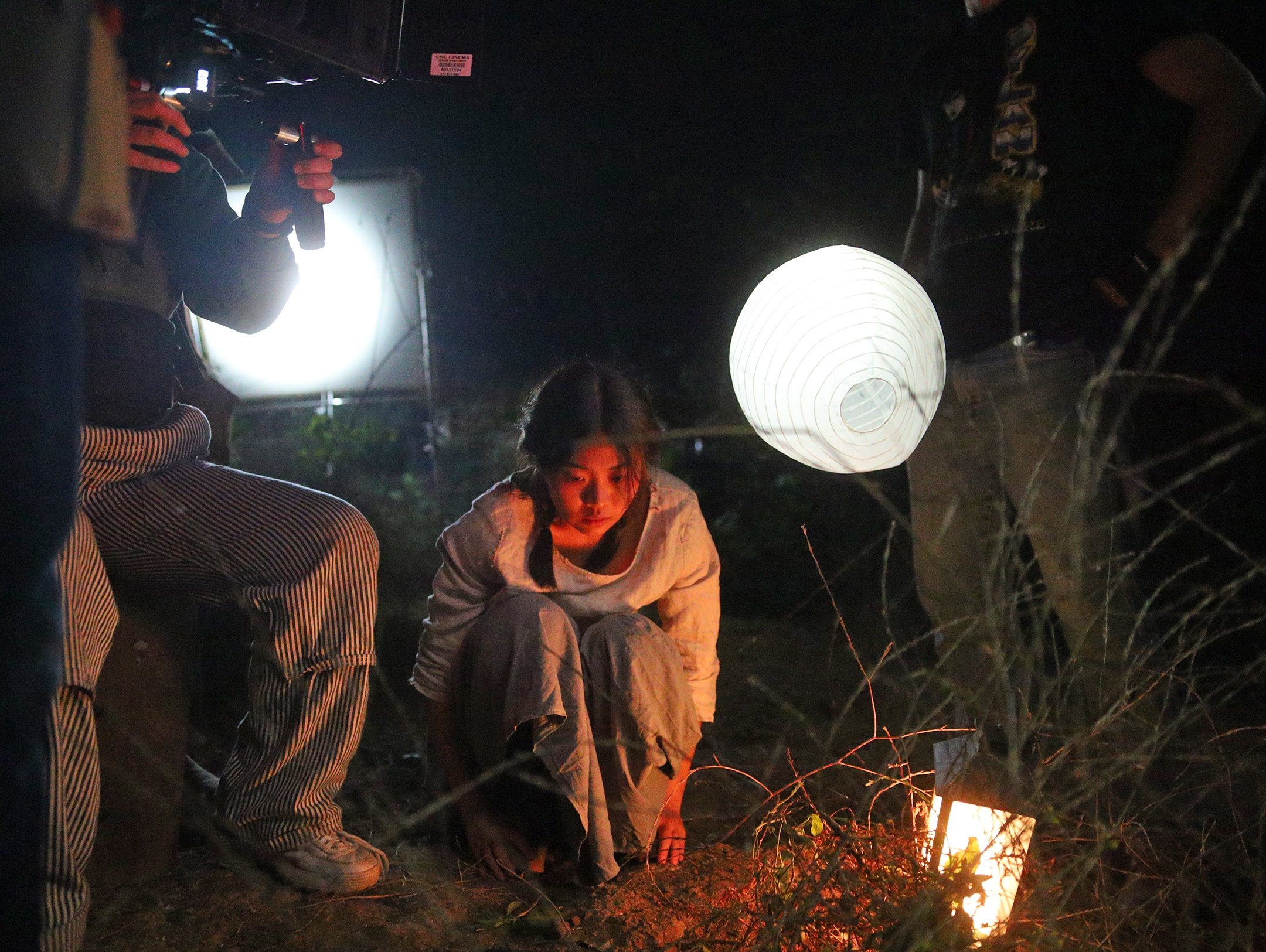
As a woman in a male-dominated field, Leonard is keenly aware of the additional pressures she faced while leading her crew. “I was the only woman DP in my cohort, and I felt an immense responsibility to prove myself,” she says. Yet, she leaned into her leadership style she knew from directing, creating trust and giving her team the autonomy to shine. “When you empower your crew to take ownership of their roles, the results are incredible.”
Leonard credits her gaffer, key grip, and art department for their creativity and dedication, particularly in building the film’s atmospheric rural world. “It was truly a team effort,” she emphasizes. “Everyone brought their A-game, and it shows in the final product.”
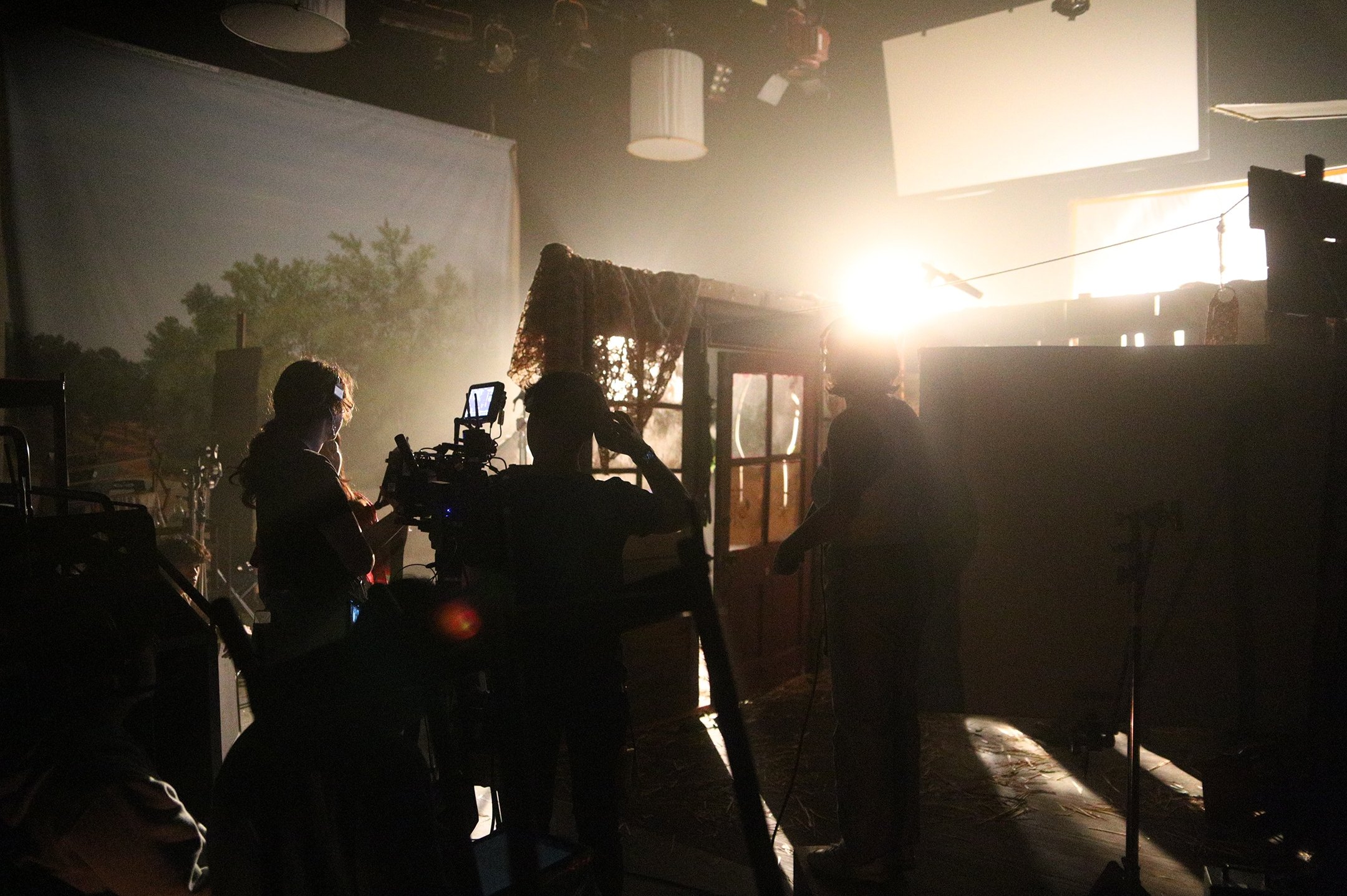
Winning the George Spiro Dibie Heritage Award was an emotional milestone for Leonard: “When I was nominated, I couldn’t believe it. This recognition feels like validation of all the risks I took stepping into a role I initially felt unqualified for.”
Leonard also sees the award as a tribute to her mentors and family, who supported her every step of the way. “It takes a village to pursue a dream, and I share this achievement with everyone who believed in me.”
Since graduating from USC, Leonard has been working as a freelance cinematographer and director. She values the creative focus that cinematography brings, describing it as “a space to live fully in the moment, without the noise of broader responsibilities.”
With her ASC award-winning project behind her, Leonard is eager to tackle new challenges, armed with the lessons learned from Amos’s Bride. “I hope to keep telling stories that resonate visually and emotionally,” she says. “Cinematography allows me to do both, and I can’t wait to see where it takes me next.”
You'll find details on the two other 2024 ASC Student Heritage Award-winning films here and here.
